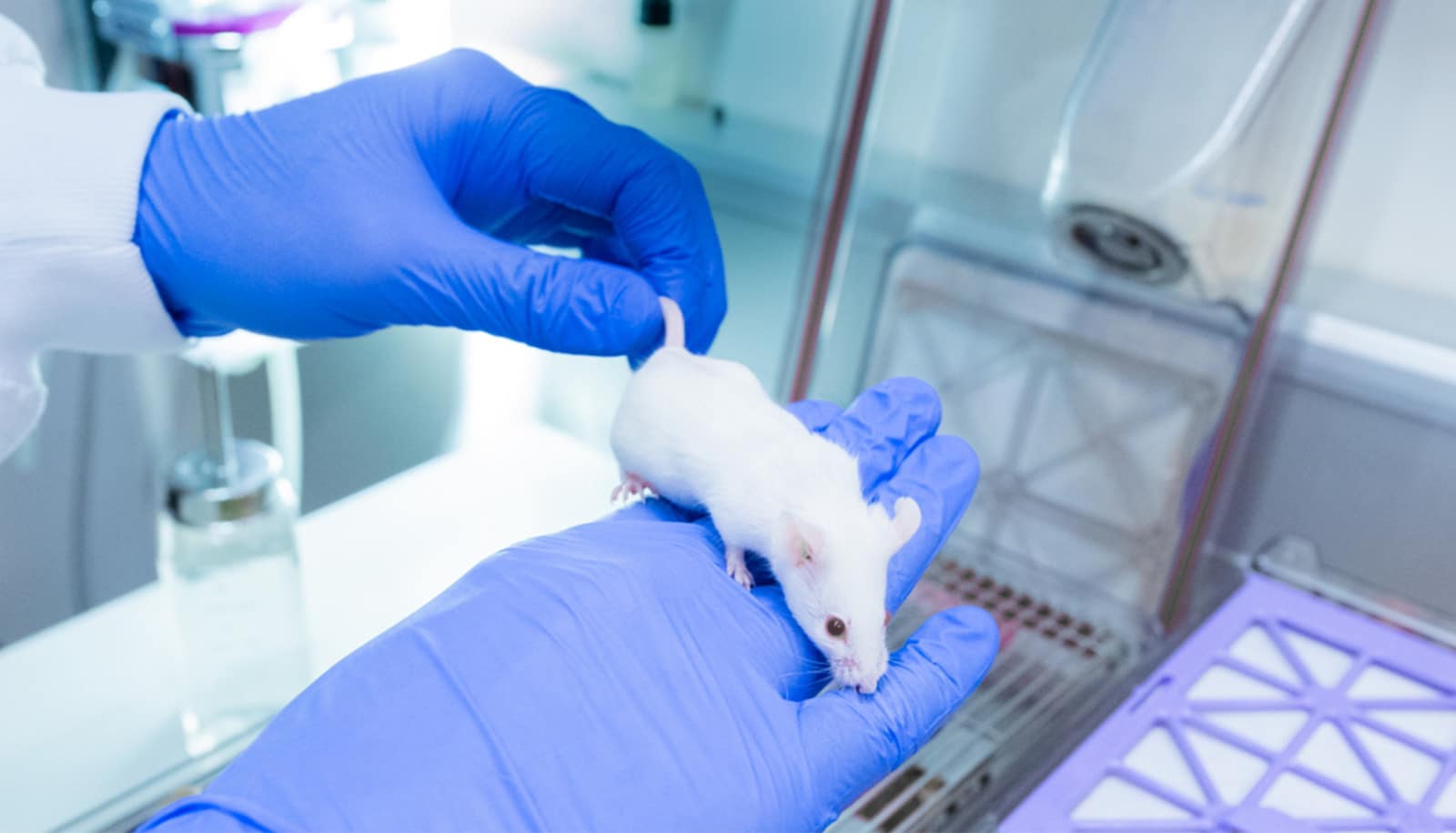A component of the skin mucus secreted by certain South Indian frogs can kill the H1 variety of influenza viruses, say researchers.
Frogs’ skins are known to secrete peptides that defend them against bacteria. The findings of a new study suggest that the peptides represent a resource for antiviral drug discovery, too.
Anti-flu peptides could come in handy when vaccines are unavailable—in the case of a new pandemic strain, or when circulating strains become resistant to current drugs, says senior author Joshy Jacob, associate professor of microbiology and immunology at Emory Vaccine Center and Emory University School of Medicine.
Scientists named one of the antiviral peptides they identified urumin, after a whip-like sword called “urumi” used in southern India centuries ago. Urumin was found in skin secretions from the Indian frog Hydrophylax bahuvistara, which were collected after mild electrical stimulation.
Peptides are short chains of amino acids, the building blocks of proteins. Some antibacterial peptides work by punching holes in cell membranes, and are thus toxic to mammalian cells. Some antiviral peptides from the frogs were toxic in this way, but urumin wasn’t. Instead, it appears to only disrupt the integrity of flu virus, as seen through electron microscopy.
“I was almost knocked off my chair,” Jacob says. “In the beginning, I thought that when you do drug discovery, you have to go through thousands of drug candidates, even a million, before you get 1 or 2 hits. And here we did 32 peptides, and we had 4 hits.”
Will the flu kill you? It may depend on your birth year
It turns out that urumin binds the stalk of hemagglutinin, a less variable region of the flu virus that is also the target of proposed universal vaccines. This specificity could be valuable because current anti-influenza drugs target other parts of the virus, Jacob says.
Because flu viruses from humans cannot infect frogs, producing urumin probably confers on frogs an advantage in fighting some other pathogen, Jacob says.
Delivered intranasally, urumin protected unvaccinated mice against a lethal dose of some flu viruses. Urumin was specific for H1 strains of flu, such as the 2009 pandemic strain, and was not effective against other current strains such as H3N2.
Developing antimicrobial peptides into effective drugs has been a challenge in the past, partly because enzymes in the body can break them down. Jacob’s lab is now exploring ways to stabilize antiviral peptides such as urumin, as well as looking for frog-derived peptides that are active against other viruses like dengue and Zika.
The paper appears in the journal Immunity. The first author is graduate student David Holthausen, and the research grew out of a collaboration with M.R. Pillai and Sanil George of the Rajiv Gandhi Center for Biotechnology. Emory University and the Office of Research Infrastructure Programs funded the work.
Source: Emory University



